First Part of Personal Photography project
Exodus: Kings and Gods (2014) Narrative
“I lied. People lie, get over it”- Myself
I know I said Unbreakable was the next blog too, but I lied. I wasn’t banking on seeing this when I wrote that.
For those unaware, I really like the Exodus/Moses story. Well not really as it appears in the biblical text, but more so the one retold by the DreamWorks movie, The Prince of Egypt, because to quote a friend, “I love that movie from the depths of my black, little atheist heart”. And a large part of that is because of the characters and story. So a prime candidate for talking about narrative. Hmmm, I need a live action version. The 10 commandants would be good, but that’s like 3 days long, I can’t sit through that again…not til Easter anyways.
[Enter stage right, Exodus: Gods and Kings]
Excellent I’ll do the new “Exodus” movie, because like hell am I saying the subtitle every time.
Now the story is one nearly everyone is familiar with, and like I mentioned there’s already at least 2 versions telling the same story already so it’s up to the narrative to give it an edge that makes it stand out.
The narrative structure is very liner, albeit it choosing to start with the character of Moses already a man and of established importance to the Egyptian Military. From this point on, story and time moves forwards, there is no flashbacks to his origins and any information is relayed through exposition dump style dialog. A poor narrative choice. One could argue that because the story is so well know that people are already familiarly enough with the answers to the enigmas raised by opening on a mature Moses already an established general- oh wait. The movie, rather wisely has chosen to change some things, to flesh out and work on the original to give it a different feel. However, due to this choice comes the responsibility to also explain those changes. Well and in a satisfying and engaging way. Exposition dumping through old man dialog, not either of those things. A single flash back, perhaps under the guise of a dream or Moses deep in thought, that ever so briefly confirmed the origins or just explained why he’s a general would have worked so much better.
From this small flaw, I suppose it is better to have a movie be too linear than a chopped up “artistic” mess, we movie to the idea of motif.
The main recurring motif seems to be the idea of militaries, armies etc. Military themes follow from Moses position in Egypt to why God has chosen him to free the Hebrews. The idea seems to be that Moses will lead the Hebrews as though they are an army, and for a short while that seems to be the case, before it never pays off. In the other movies and the biblical text, Moses’ leadership and the general motif is less military and more of a shepherd leading a flock. This worked better due to the fact, very broadly the Hebrews seemed to work allot like a big heard of sheep. They (as a collective group) seemed to move from place to place under someone’s guidance and were generally chaotic if left un ruled over. The military themes fall flat because the movie does nothing to establish a different characteration for them.
The Exodus story is traditionally very character driven, primary by Moses. So I suppose that’s why it’s odd they chose to make Moses’ motivations and psychology so confusing and the least clear.
Firstly, he doesn’t care for the Hebrews, not strange since he’s raised believing he’s an Egyptian Prince. Then he finds out his past, and still doesn’t care, then he kills some guys and has to run away (well he’s exiled and that’s probably the clearest his motives get), and continues not to care allot. God then shows up and tells him to help the Hebrews and he does…not really caring. Just because God said so I suppose. However when he gets back to Egypt, by god admit does he care a lot now! So much he’s willing to commit acts of terrorism and build an army of radicals to cause political change….or does he just want them to be let free to wander? He pretty much threatens he wants both, and it’s unsure which he’d prefer since up to this point it’s unclear as why he’s caring…
Contrasted to Ramses, whose psychology and motives are made extremely clear and rather well executed.
After hearing and seeing part of a prophecy fulfilled he becomes anxious Moses will usurp him. When given a reason to get rid of him, he chooses to exile than kill because Moses is a brother and friend to him. Upon becoming Pharaoh, he wants to build monuments to his greatness and power so he brutalizes the Hebrews to get them to work faster. With a mindset he is king and god (ancient Egyptians though Pharaoh was literally god incarnate) he refused to be threatened or terrorised. As the plagues hit, caused by the Hebrew god (or to Ramses, just he Hebrews) his patients wears thin and he becomes paranoid their exists power to threaten his own. When his song (the only child whom time has been taken to clearly establish he loves dearly) is killed, he drives away those responsible. When grief fades to anger and vengeance he sets out to kill them.
So much clear and relatable are these motives, that during these parts of the movie the narrative the story runs smoother. A steady stream of causation, motive and action takes place during these arcs, not fully established for most of the other characters in the movie.
The story of Exodus is more of a journey that anything else. As such the three act structure is less employed to return to status quo as it is to reach a destination/goal.
Act 1- Establish desired goal, and why it is desired.
Act 2- Establish obstacle to the goal and why it is an obstacle.
Act 3- Over come obstacle and reach goal.
In this case the goal is the Hebrews freedom from Egypt and Pharaoh’s oppression is the obstacle. Running parallel to this structure is Moses own arc. Of having to realise his purpose and then go back to accept his position of leader ship and obtain the goal. It works well and since the story is told in a liner fashion, unfolds as you’d assume.
The narration is a pseudo restricted style, for most of the movie you follow Moses and his journey. This would work well in building an emotional connection to the character and helping the audience understand his motives and decisions, if the movie could decide on what they were.
It also follows Ramses’ story when needed to establish contrast, the afore mentioned emotional connection building works much better here.
As for closure? The movie ends with the establishment of the 10 commandments and the implication Moses will eventually die. It gives as much closure as to be expected, Exodus is a very long book and the story of Moses extends right through to Deuteronomy, hardly something capable of being fit into 150 minutes (which compared to today’s standards is short). So it isn’t really sequel baiting as it is telling a small snippet of a much larger story.
This isn’t a bad movie, but it could stand to be better. Mainly from the bits I’ve picked at from earlier on in this long babble I call a blog post. However if you can only see one adaptation of the Exodus/Moses story, watch the Prince of Egypt, it’s an hour shorter and is presented superiorly. Also there are catchy songs…bonus!
Pencil has a mind of its own
Horse evolves into Dog?
How an animation student takes notes
Gesture Drawings 3
“Allow me to break the ice…” Misc-en-scène in Batman and Robin (1997)
with my first serious blog post.
Misc-en-scène, simply speaking, means the combined visual effect of everything in the scene. Arguably, misc-en-scène is the most important aspect of the film as it is typically the most easily remembered, “Many of our most vivid memories of movies stem from misc-en-scène [1].”
So now we’re all sold on the idea let’s apply it to a movie to see how good misc-en-scène works.
In relation to the title, Batman and Robin (1997) directed by Joel Schumacher, is perhaps universally regarded as the worst Batman film of all time. From the painful pun filled script to the decision to put nipples on the costume it’s very hard to take the movie seriously. However that is beside the point, the point is, despite all of its many failings there is something very particular Batman and Robin does right.
So we’ll be talking about the characterisation of Gotham (practically the first shot of the Gotham, Museum of Art) and the surrounding settings, as this is where the movie shines.
Gotham, in Schumacher’s movie is filled with looming arches, giant statues, gothic gargoyles, huge stone structures and neon lights. It seems to be a city created from a mashing of ancient and modern architecture, which personally give the city a timeless look that heavily reflects its stylized comic book origins while also emulating a certain charm and character.
Without further ado, let’s break down a scene.
After escaping the Bat cave, being house sat by George Clooney, we are greeted with this beautiful shot.
The purpose of this shot is plainly to establish the setting of the action, inside the museum. The upwards angle, combined with the choice to have everything diagonally tilted to the right emulates the kind of placing you’d see in a comic book panel. Even when taken as a static image, it holds a sense of movement that helps build anticipation for the incoming action.
The design and decoration of the building its self is reminiscent of Greco-Roman art and architecture. Greco-Roman art was influenced by their own mythology, usually speaking of great heroes and epic battles. Superheroes, such as Batman, I feel are modern examples of these ancient legends ergo the allusions to these cultures in the design of the setting in this shot (and throughout the movie) seems fitting.
Speaking of the statues, statues are a running theme in Schumacher’s Gotham. Littered throughout, there are several human figures placed around as décor. They serve to give an eerie sense of watching as there are several pairs of stony eyes (typically) in the background of every scene.
The statue, although off to the left (not centred in the shot where the focus naturally falls), grabs our attention by being the most forefront human form. Brandishing a trident and standing in a forceful pose (thrusting forward) the allusions to Greco-Roman mythology are clear again. Combined with the camera angle their gives the stone man an even greater sense of movement as he seems to be determine to defend the museum based on his posture and stance. A sense of dramatic irony is drawn as the audience is aware the action is already going on inside the museum.
The main statue is accompanied by two other statues. Although these are further back and nearly cut out by the framing. They are cloaked and the one of the left is seen holding a harp. The design draws parallels with the idea of muses, Greek goddess of the arts. However they are low and off to the sides, over shadowed by the looming museum behind and trident baring statue in front. Implying the museum is not the setting for action and battle, not art.
To maximise pictorial impact, lighting is key, or in this case lack of. The details (aside from the bold designs) are difficult to make out due to the entire shot being heavily shrouded in shadow. Most obviously due to the scene taking place at night, however the choice to the hide the statues further back while allowing the emulated streetlights to pick up the form of the trident statue gives weight to the ideas of the previous paragraph.
The rest of the scene is illuminated by the spotlight (centred on the museum sign). This could be use to guide the attention of the audience so they are aware of the scene, but also allows heavy shadows to be cast over the rest of the scene (mainly the door way and the statues). This gives a strong sense of foreboding and mystery, again this helps the audience anticipate the upcoming action.
Sadly that’s all I have to say on misc-en-scène in this particularly example. So please, comment, argue and rebutt if you feel like it, and if you haven’t, give the movie a watch, to see what I mean about the setting being great, just not so much for the acting.
References
[1] David Bordwell and Kristin Thompson, Film Art: An introduction 10th edition page 112 paragraph 1.
Screen shots and footage, Warner Brothers 1997 Batman and Robin.
Funny faces
For visual communication we were told to get some practice drawing expressions.
For reference I used Erik.A.Ruby’s book “The Human Figure- a photo graphic reference for artists” pages 253- 264.
Weird I thought I had while drawing these, the 2 month old baby used is now at least a 40 year old man, that’s insane to me.

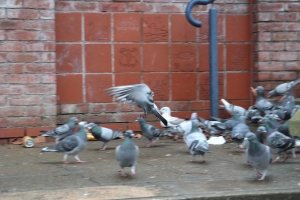
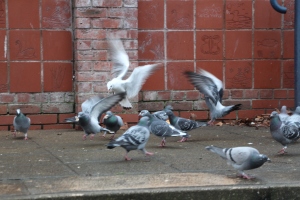
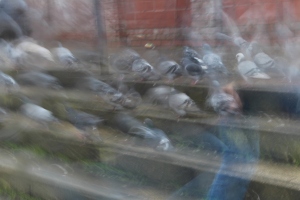





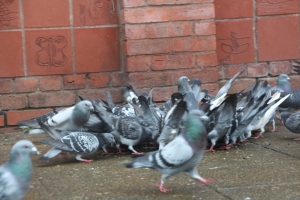
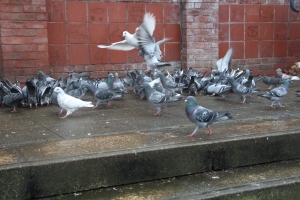













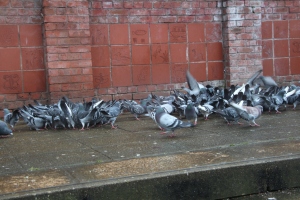
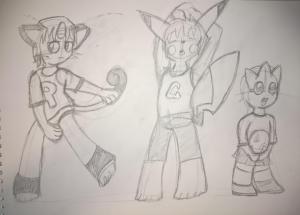
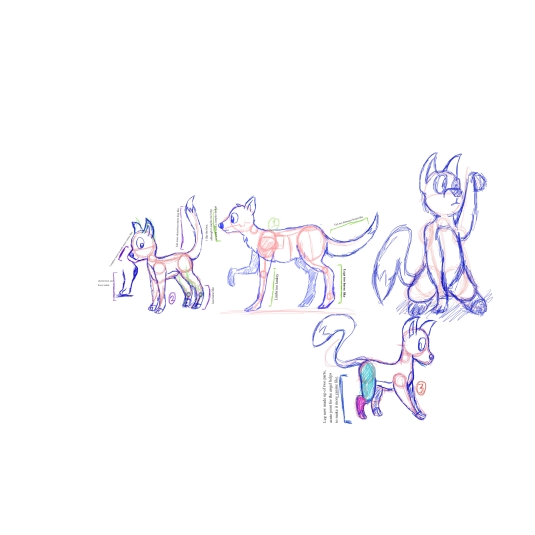
![notes_1[1]](https://tjcdmucsb.files.wordpress.com/2014/10/notes_11.jpg?w=311&h=411)
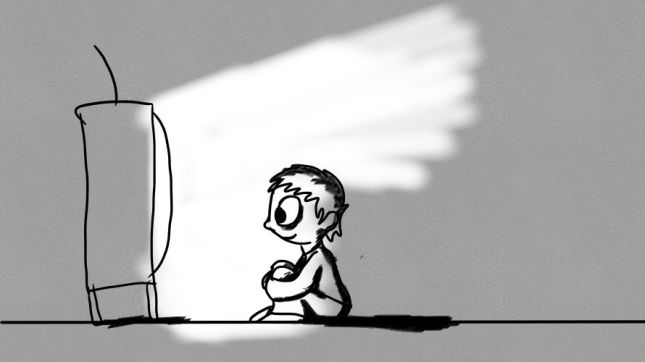
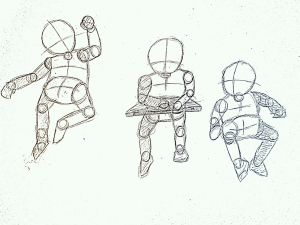
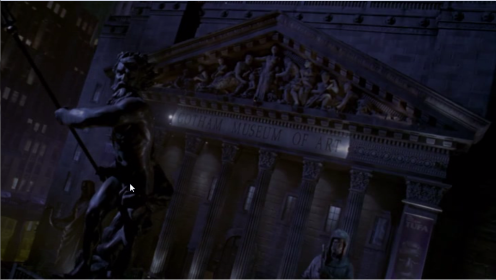
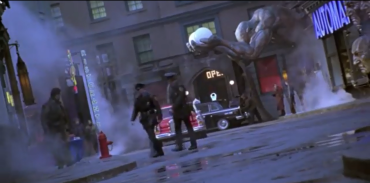
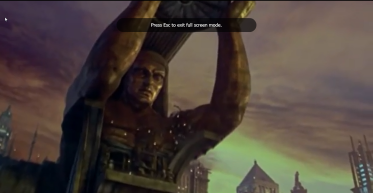
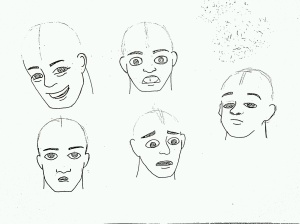
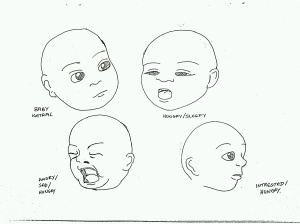
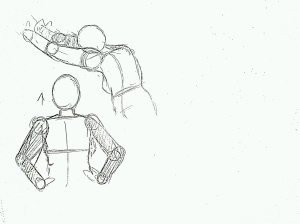
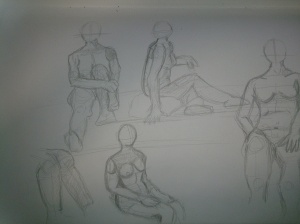
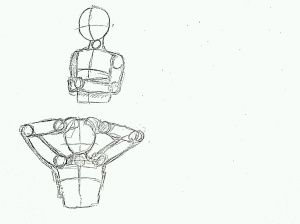
![Default_0_1413402211815[1]](https://tjcdmucsb.files.wordpress.com/2014/10/default_0_14134022118151-e1413402881355.jpg?w=300&h=225)